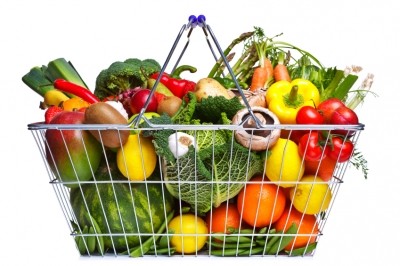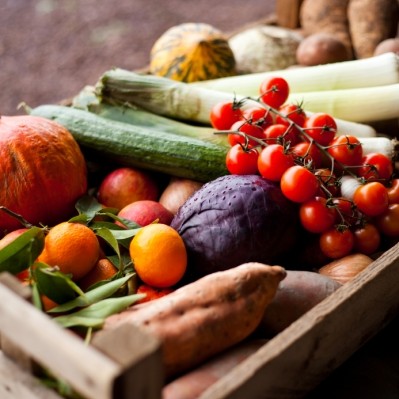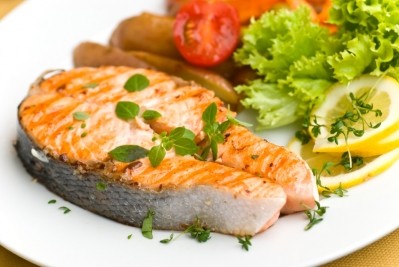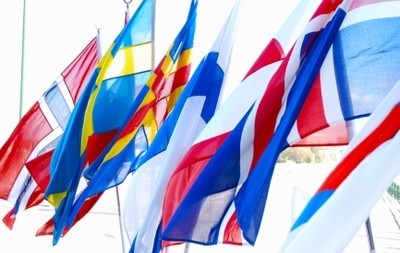How 'New Nordic' cuisine may be changing Finland's shopping basket
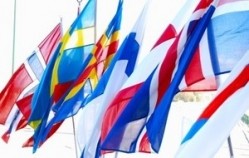
Meat sales were up a total 3% in 2015 from 2014, with the largest boom seen for poultry which grew a massive 7% year on year.
Beef consumption in Finland was up almost 3% and pork by around 2% between 2014 and 2015, according to the new balance sheet for food commodities from Natural Resources Institute Finland (Luke).
Patty Johnson, Global Food and Drink Analyst at Mintel said a recent press focus on low carb/ high fat diets in Scandinavia could be one reason for increased consumption of animal-based products in Finland.
“Additionally, protein has been lauded in the Western world for its satiety benefits in helping to control weight. We have seen the promotion of protein consumption and an emphasis on protein spread in the western world,” she told FoodNavigator.
The trend is observed in spite of a recent European Commission report on consumption patterns around the world which suggests growth of meat consumption is slowing.
“The reduction in meat consumption growth in the most recent period is linked to tight supply availability, high prices, the effect of the economic crisis and possible changes in consumer preferences in developed countries, such as the US and the EU,” the Commission said.
The new Finnish report also showed that milk sales were down almost 3% between 2014 – 2015, with the previously growing sector of whole milk consumption dropping almost 7%.
Skimmed milk continued to decline through both 2014 and 2015, down to 48kg per capita in 2015.
Yet the trend did not extend to all dairy, with cheese and egg continuing to grow steadily in 2014 and 2015 as in previous years.
“The growth in cheese consumption continued, being nearly 27 kilos per capita in 2015. More than half of the cheese consumed was imported,” the researchers said.
Fruit consumption grew too, up by around 4 kilos in 2015 compared to 2014.
Rise of new Nordic
Luke researchers were unavailable for comment, though according to a recent Mintel report on a new Nordic preference for meat and poultry – as well as seafood – with the rise of ‘new Nordic’ cuisine as a potential reason their consumption is increasing.
The new Nordic trend combines old world Nordic cooking traditions such as smoking, salting, curing and marinating, with new world spices and ingredients. It is on the rise because of the preferences of a new generation of chefs who have brought fish, poultry, pork and game dishes cooked in the new Nordic way into the spotlight.
In particular, Copehagen restaurant Noma has been a driving factor, dominating column inches after winning ‘Best restaurant in the world’ badges for years on end.
Manufacturers in the region are now grappling to introduce meat products made with ‘old-world’ production techniques mixed with new world ingredients as a result.
“Interest in old world traditions is now driving meat, poultry and seafood innovation in the region and is being reflected in processing techniques, flavours and ingredients,” the Mintel researchers said.
“In a fusion of old with new, innovative manufacturers are marrying old-world production techniques with new-world spices that bring on the heat. Meanwhile convenient formats are catering to busy Nordic consumers who may not have the time or the inclination to prepare traditional products on their own.”
“Manufacturers and food developers need to stay in tune with industry professionals who are putting the spotlight on flavour and artisan qualities as consumers have shown a high level of interest in handcrafted and local products,” Patricia Johnson, global food and drink analyst added.
The recent growth in consumption comes despite warnings from Finnish researchers that eating less meat would protect water resources and increase food security.
Meat has also repeatedly come under fire from scientists, including those in the Nordic region whose data shows eating too much could be carcinogenic. It is also widely believed it could exacerbate other conditions like Alzheimer’s disease.
Milk and other trends
The new Finnish report also showed that milk sales were down almost 3% between 2014 – 2015, with the previously growing sector of whole milk consumption dropping almost 7%.
Skimmed milk continued to decline through both 2014 and 2015, down to 48 kg per capita in 2015.
“Milk consumption in Finland remains the highest in the world, but consumption of milk is increasingly being questioned from a health standpoint,” Johnson said.
“These health concerns are likely having an impact on per capita consumption.”
Yet the trend did not extend to all dairy, with cheese and egg continuing to grow steadily in 2014 and 2015 as in previous years.
“The growth in cheese consumption continued, being nearly 27 kilos per capita in 2015. More than half of the cheese consumed was imported,” the researchers said.
One potential factor in growing cheese consumption is the impact on the sector by the Russian ban on importing EU dairy in 2014, which led to produce in Finland being sold off at low prices, Johnson added.
“This undoubtedly increased domestic consumption of cheese in 2014 and this increased consumption has continued.”
Fruit consumption grew too, up by around 4 kilos in 2015 compared to 2014.

